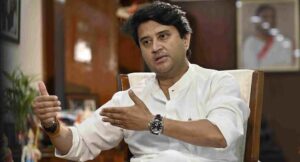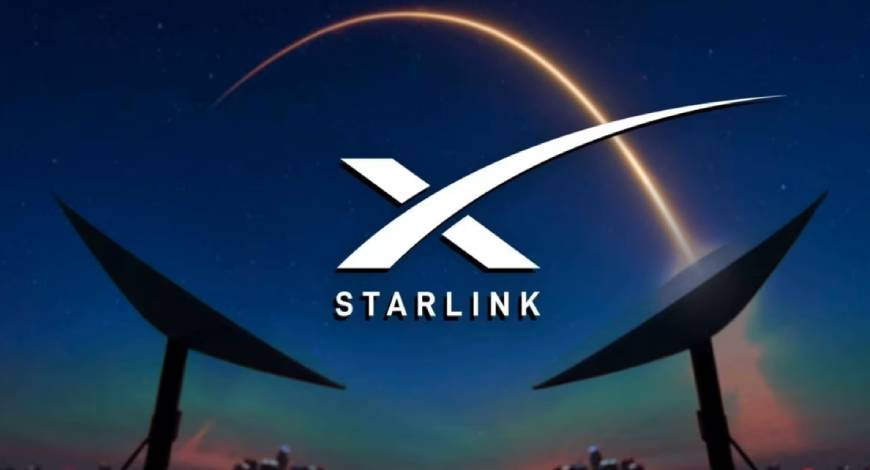The Board of Control for Cricket in India (BCCI) has revoked the ban on the use of saliva and has introduced a new rule of a second ball for the second innings of a match. These are among the key decisions made by the BCCI and the Indian Premier League (IPL) management for the upcoming IPL season.
The BCCI explained the new rules during the meeting of the captains and managers at the Cricket Centre in Mumbai on Thursday (March 20). A well-placed source, who has attended the meeting at the BCCI headquarters, confirmed the rules to Cricbuzz.
The second ball will come into play after the 11th over of the second innings in an IPL match. The primary objective of this rule is to counter the impact of dew that often affects night-time matches.
By introducing the second ball, the rule effectively nullifies any advantage that the captain winning the toss might have due to the dew factor, ensuring a more level-playing field in the matches.
The decision to lift the ban on the use of saliva was more or less on the cards considering that a player of the calibre of Mohammed Shami had urged the authorities to do away with the rule.
“We always keep requesting the authorities to allow us to use saliva so that swing and reverse comes into play during matches,” Shami had said after a Champions Trophy game in Dubai recently. His plea was endorsed by internationals like Vernon Philander and Tim Southee who too saw merit in Shami’s appeal.
The ban on the use of saliva was implemented during the COVID-19 pandemic when the International Cricket Council (ICC) imposed restrictions to mitigate the spread of the virus. However, with the pandemic now behind us, there have been increasing calls to lift these restrictions, with Shami being one of the leading voices in world cricket seeking the change.
As for the change of ball, the BCCI has left the decision to the discretion of the umpires. “It’s up to the umpires to determine whether the ball needs to be changed. They will decide based on the presence of dew,” a source explained. As a result, this rule will primarily apply to night games, and it is unlikely that a second ball will be used in afternoon matches. Cricbuzz









